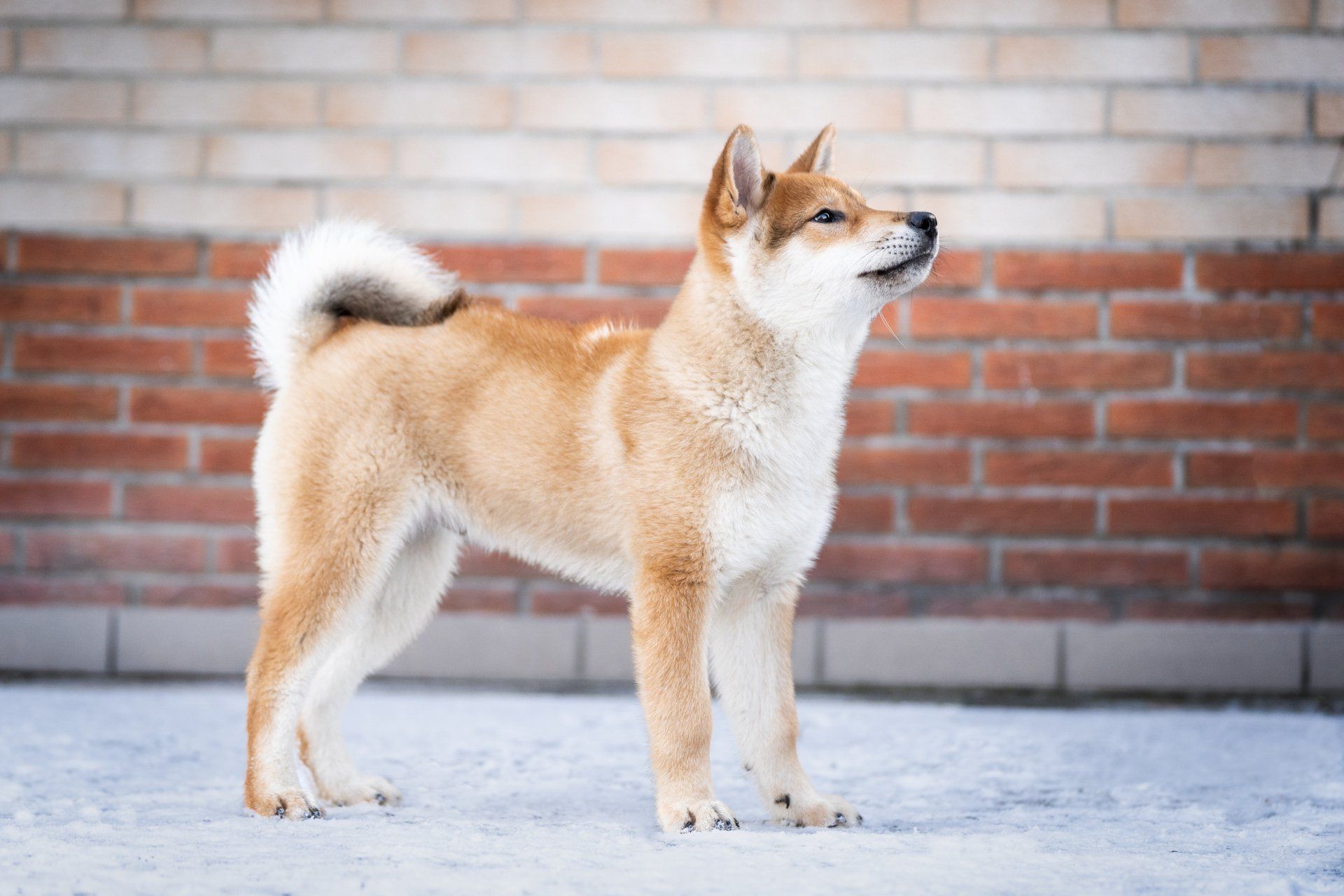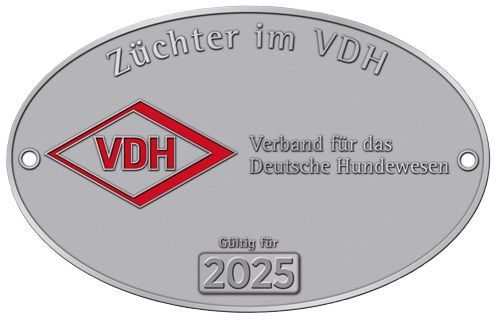Shikoku - Kochi Ken - Japanese Wolf
Natural monument since 1937
The Shikoku is often referred to as the Kochi Ken (Kochi is one of its prefectures of origin) and was formerly also called the Tosa Inu. The latter often leads to confusion. There is also a Japanese fighting dog with this name, but it is completely different from the Shikoku. It is believed that the Shikoku was used as the basis for the Tosa Inu.
The Shikoku is a skilled hunter and originates from the mountains of Japan. It is ideally suited and adapted to this topography. Its ferocious appearance is said to convey wolf blood. The Japanese wolf has also survived the longest on the island of Shikoku, which is why this legend persists...
There are four Shikoku lines: Awa, Hongawa, Hata, and Uwajima. Unfortunately, the Awa line disappeared due to the Second World War. The Hata and Uwajima were almost indistinguishable, so they merged under the name Hata. The modern Shikoku thus originates from the Hongawa, the purest line, and the Hata line. Some dogs lean more toward the Hongawa line, others toward the Hata line. Most, however, are mixes of both.
- more details in the table as an overview -
Character:
Fearless, courageous, persistent, alert, and demanding. Everything a good hunter should have. Of all the Nihon Ken, they possess the strongest "will to please" – the desire to please. However, this doesn't mean they'll just do everything they please. They question things and need consistency! They are often prone to SSA (Same Sex Aggression – aggression towards dogs of the same sex), especially with a lack of socialization or improper socialization and during puberty. Furthermore, they are very rough players who often fail to interpret other dogs' stop signals and continue to provoke or play until the situation escalates.
News:
The Shikoku is a seriously endangered breed. Even in Japan, only a few hundred puppies are born each year. In comparison, the German Shepherd breeds several thousand in Germany!
Cystinuria was recently discovered in Shikoku. Cystinuria testing is now being conducted to pinpoint the breed's primary carriers.
Health:
The main problems with Shikoku are HD and PPM. Both are used to a limited extent in breeding. Epilepsy has also been shown in one line – repeatedly and verifiably.
NEW - Cystinuria
Due to the lack of individuals, Shikoku are sometimes bred very closely and many breeders also practice line breeding.
| Hongawa | Even | |
|---|---|---|
| slight movement | ||
| compact, athletic | thicker bones and thicker, longer fur | |
| slimmer physique | stronger physique | |
| well-rounded stop/forehead | fewer stops | |
| sharp eyes | greater eye relief | |
| Lines between coat colors are often blurred | defined color transitions | |
| mostly darker coat colors (Kuro) | higher white content | |
| in short - the athlete among the Shikoku | in short - the bodybuilder among the Shikoku |

Picture of Sandy Löwe, our Reiko (3 weeks after giving birth to 5 puppies)
black sesame

Picture by Sandy Löwe, our Mitcha
sesame

Yamato by Katja Weber (Akashima Kennel)
red sesame

Picture by Sandy Löwe, our TaroTaro
red

Mochi von Katja Weber (Akashima Kennel)
black and tan






